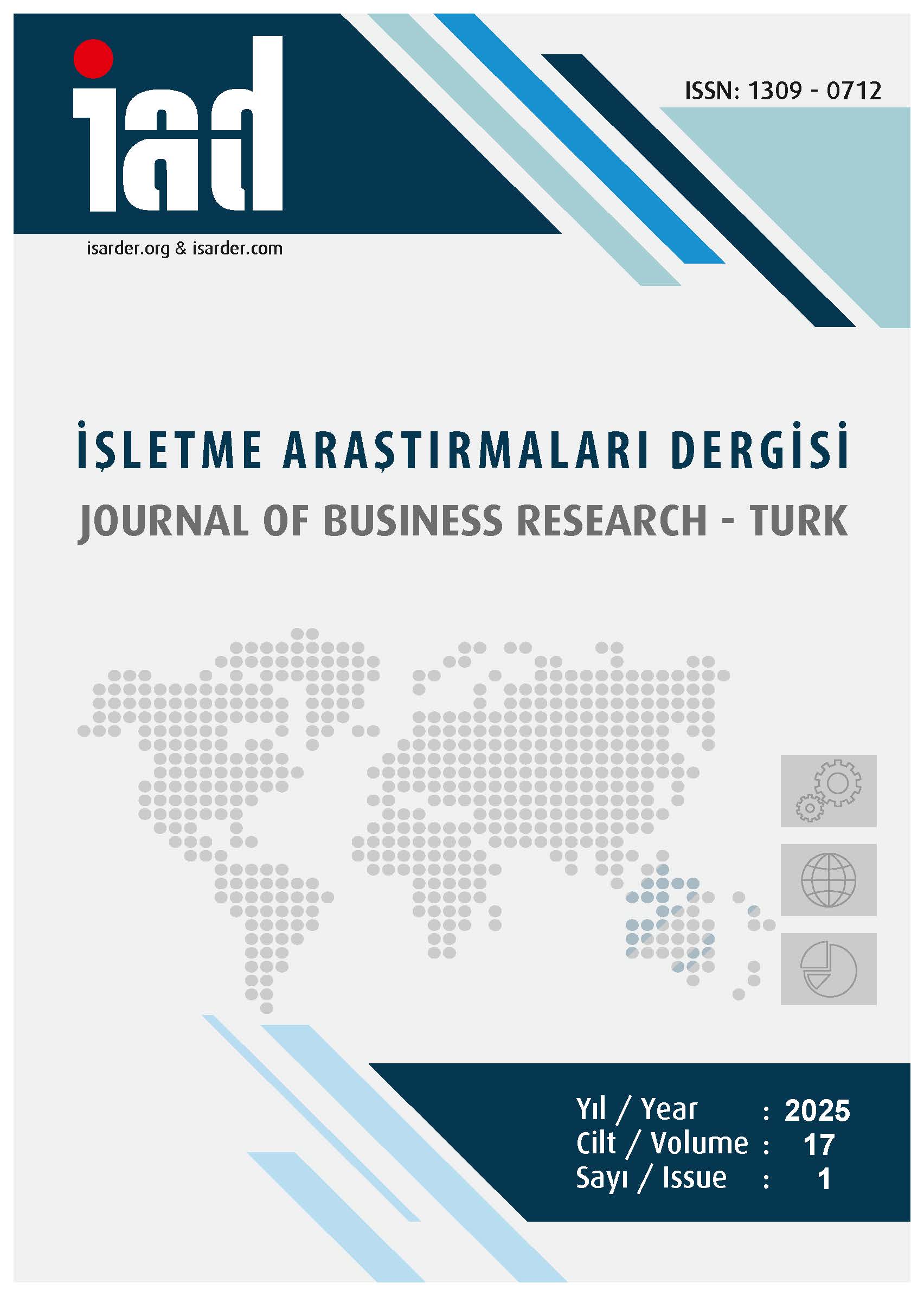Examination of Impulsive Buying Behavior in Terms of Gender, Shopping Frequency and Need-Buying Experience
DOI:
https://doi.org/10.20491/isarder.2025.1969Keywords:
Consumer Behavior, Impulsive Buying BehaviorAbstract
Purpose – In the study, it was aimed to determine whether impulsive buying behaviour differs in the context of gender, shopping frequency and need-purchase experience. Impulsive buying behaviour was examined only on the emotional dimension by ignoring the cognitive dimension. Thus, it is aimed to provide clearer results on the variables of emotion-based impulsive buying behaviour. Examining the differentiation according to the need-purchase experience constituted the originality of the research. Design/methodology/approach – Descriptive and quantitative research design was used in the study. Questionnaire technique was used to collect the data. A questionnaire form was used to collect the data and the questionnaire forms were collected online and face-to-face. The sample of the study consisted of 717 university students. The data were collected by convenience sampling method. EFA, CFA, Reliability Analysis, Mann-Whitney U Test, Kruskal Wallis Test and Frequency Analysis were used in data analysis. Findings – As a result of the research, it was determined that emotion-based impulsive buying behavior differed according to gender, shopping frequency and need-purchase experience. It was determined that female students made more impulsive purchases than male students, and the increase in the frequency of shopping triggered impulsive buying. In addition, it has been determined that students who experience buying products that are not needed and students who experience buying affordable products that are not needed exhibit more impulsive buying behavior. Discussion – Firms are advised to take the research variables into account when determining their target customer groups and marketing strategies, and not to overlook the conclusion that price discounting encourages impulse buying for university students. In addition, the research provides up-to-date data on the research variables to market research companies that study university students. Researchers are advised to conduct comparative research at multiple universities or universities in different regions and state and foundation universities.
Downloads
Published
How to Cite
Issue
Section
License

This work is licensed under a Creative Commons Attribution-NoDerivatives 4.0 International License.





